Homeownership is the American dream. Its not only a sound investment, it also reflects our quality of life.
One overlooked consideration, is the home’s energy efficiency. Energy efficiency directly affects energy costs, comfort and health & safety. These days, energy costs can exceed insurance and taxes. Unexpected high energy costs can disrupt new homeowner’s monthly expenditures. Discretionary expenses are compromised or worse, long-range allocations like college funds are at risk. There may be more lurking issues like comfort or lack of it, that compounds the experience of home ownership.
When it comes to our energy costs, it can be a “perfect storm”, with older inventory, climate and located in one of the highest energy costs in the country.
The Whammy
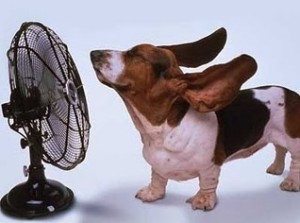 Initially, utility bills may get overlooked. But as we roll into our “indian summer” that delivers sweltering heat in late summer and early fall, this will become the litmus test. Rooms facing West and/or South, may experience discomfort. Installed AC comes to the rescue or a trip to Home Depot. They’re waiting for you. New stock of fans and portable ACs. This may bring relief, but the real whammy lies in the weeks ahead opening up their utility bills.
Initially, utility bills may get overlooked. But as we roll into our “indian summer” that delivers sweltering heat in late summer and early fall, this will become the litmus test. Rooms facing West and/or South, may experience discomfort. Installed AC comes to the rescue or a trip to Home Depot. They’re waiting for you. New stock of fans and portable ACs. This may bring relief, but the real whammy lies in the weeks ahead opening up their utility bills.
The last thing we want is a new homeowner experiencing high energy costs and a home that is “screaming hot” 9 o’clock at night! Some do everything financially to get into a home, its disruptive to finance comfort solutions and force reallocation of their monthly expenditures.
The good news, with a little knowledge and awareness, there are solutions.
Lets first look at factors that contribute to the “energy cost whammy”.
Age of Home
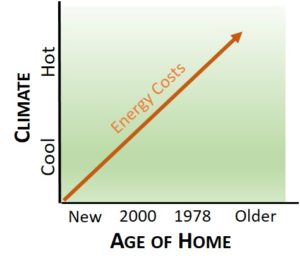 Homes built prior to 1978 lacked energy efficiency. You may not have insulation in the exterior walls or attic. Installed insulation lacked best practices. Poorly installed, compressed and displaced insulation effectively neutralizes its efficiency. Now consider single-pane windows, first-generation central heating and ducting systems, you have a home void of energy efficiency. This will have comfort issues… even in Pacific Beach. San Diego has over 600,000 dwellings built prior to 1980.
Homes built prior to 1978 lacked energy efficiency. You may not have insulation in the exterior walls or attic. Installed insulation lacked best practices. Poorly installed, compressed and displaced insulation effectively neutralizes its efficiency. Now consider single-pane windows, first-generation central heating and ducting systems, you have a home void of energy efficiency. This will have comfort issues… even in Pacific Beach. San Diego has over 600,000 dwellings built prior to 1980.
San Diego Climate
Location plays a big role. San Diego county has moderate temperature swings comparing coastal areas to East county. The coastal area have little need for air conditioning. In East County, you couldn’t survive without one. A/C systems are the single factor that spikes your energy costs during our hotter season.
Stop Ignoring Energy utilities
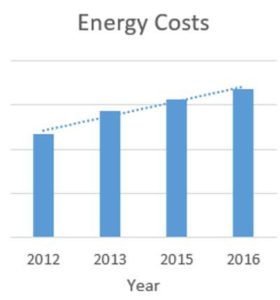 Electrical energy costs have been on rise for the last 5 years. SDG&E is no exception. San Diego county has experienced rate increases in 2013, 2015, & 2016. Tier 1 rates have risen as much as 29%. CPUC approved rates again to increase in 2016. This effects everyone one of us.
Electrical energy costs have been on rise for the last 5 years. SDG&E is no exception. San Diego county has experienced rate increases in 2013, 2015, & 2016. Tier 1 rates have risen as much as 29%. CPUC approved rates again to increase in 2016. This effects everyone one of us.
What was not well known, is SDG&E is one of the highest utility rates in the country. This may be the result of the CPUC’s scorecard of being persuaded by our utility in the energy market crisis in the early 2000’s, (thanks to Enron & JP Morgan), our wildfires in 2003 & 2007, to the current San Onofre sellout.
Three of the largest utilities in Calif. , SDG&E, So Cal Edison and PG&E are publicly traded companies. They will always have a conflict with shareholders versus ratepayers interests.
More on the horizon? – Revenue Erosion
It’s anticipated SDG&E will pressure further rate increases. Utilities voraciously persuade their case to the CPUC. Solar threatens revenue erosion in residential and commercial markets. More threats are coming from local government and large commercial interests developing their own energy resources outside of the local utility. One of the biggest fears, is this will become the “Haves and Have not’s”. Solar is not always cost effective or affordable that could leave these homeowners “left holding the bag” having to absorb future rate increases to offset this revenue loss.
Utility/CPUC Scrutiny
Calif. energy rates must be approved by the CPUC. CPUC has lately been under a lot of scrutiny and formal investigations. Recent actions calls into question it’s responsibility in protecting consumer interest. The negotiation of the shutdown of the San Onofre nuclear plant shutdown has been reported private meetings between the utilities and CPUC. The result is the ratepayers(you) got stuck paying 3.3 billion of the costs. There are investigations underway. Much of this stems from the previous president of CPUC, Michael Peevey. He step down in 2014. Article His manipulation stems back into the rolling blackouts in 2001. He forced over-development of gas energy plants in Otay Mesa. Article These power plants supply enough energy for over 1.2 million homes. Sadly, this all counter to our mandates to reduce CO2 causing the greenhouse gas effect.
As ratepayers, its hard not to feel manipulated by the utilities and under represented by the CPUC.
Evolving Energy Costs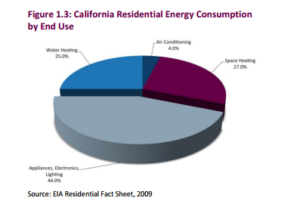
In decades past, comfort demand from HVAC, was the biggest contributor to your overall energy costs. Over time, enforcement of higher energy efficient A/Cs, tighter ducting and heating systems have made a moderate improvement in bringing down these costs.
At the same time, we’ve seen a surge in plug-ins. TVs, computers, cable box systems are seen in quantities: family rooms, offices and bedrooms. We have multiple refrigerators: freezers, wine coolers and outside by the barbeque. In short, we’ve seen an escalating shift of energy load towards these plug-ins. Now top off with USB connections for cell phones, tablets, bluetooth devices, cameras and ?? This averages 44% energy consumption. These plug-ins usually go unmonitored and unmanaged. This adds up to hundreds of dollars annually wasted.
- Quantities – DOE reports Avg. 25 consumer electronic devices.
- Phantom energy or vampire energy is the state where electrical current is occurring when devices are not in use and turn off. This adds in quantity and running 7/24. DOE report this costs up to $200/year.
Solutions
The evaluation of your home’s energy costs takes a systematic approach. Many components should be considered. Insulation, windows, HVAC, appliances, plug-ins and behavior all impact the bottom line.
Energy Assessment – One objective approach, is working with independent energy assessor (auditor). An experienced certified energy assessor conducts a comprehensive assessment that identifies comfort issues, efficiency of your heating, cooling, ducting, water heater and appliances. A key advantage to an independent energy auditor, is the ability to look at the house as a system. An HVAC and solar contractors can lead a homeowner astray since they’re limited in their scope of expertise and solutions. An energy assessment will also provide recommended improvements. You would also be eligible for rebates and special low interest financing. Learn More
Free Online Energy Assessment – Take our online energy assessment. Takes minutes to identify conditions and make recommendations. We will provide a brief report and available to discuss further as you desire. Online Energy Assessment
Renovations? – Any plans for remodeling or room additions? This would also be a great time to include energy efficiency improvements. Renovation loans have the best interest rates bar none. HUD and Fannie Mae both offer renovation loans for purchase and refinance. Learn More
Utility Bills >$150/mo – Every homeowner that experiences their electrical portion of their utility bill averaging over $150/mo should seriously consider solar. It’s bottom line cost-effective. Can pay for itself in < 1o years. Tread carefully on financing. From a cost effectiveness perspective, purchase trumps leasing or PPA.
DIY – The good news, is there are many ways to control and reduce your energy load. From light bulbs, reducing vampire energy and your behavior can make a serious dent in reducing the biggest contributor in your energy use and costs. Visit our DIY Energy Assessment. Learn More.
Homeowners can’t control the utilities’ march towards higher rates. However you can make sound investments in energy efficiency improvements are cost effective. This is a prudent investment to ward off inflation. An Energy Efficient homes are cost-effective, adds value and contributes towards sustainability initiatives. Homeowners can get ahead by minimizing inflationary influences, deliver comfort, improving the quality of life all while make an import contribution towards sustainability.








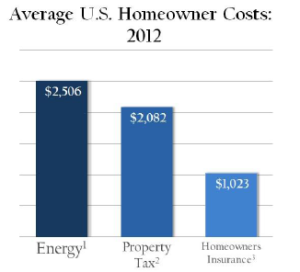




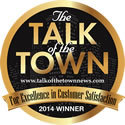



Follow Us!